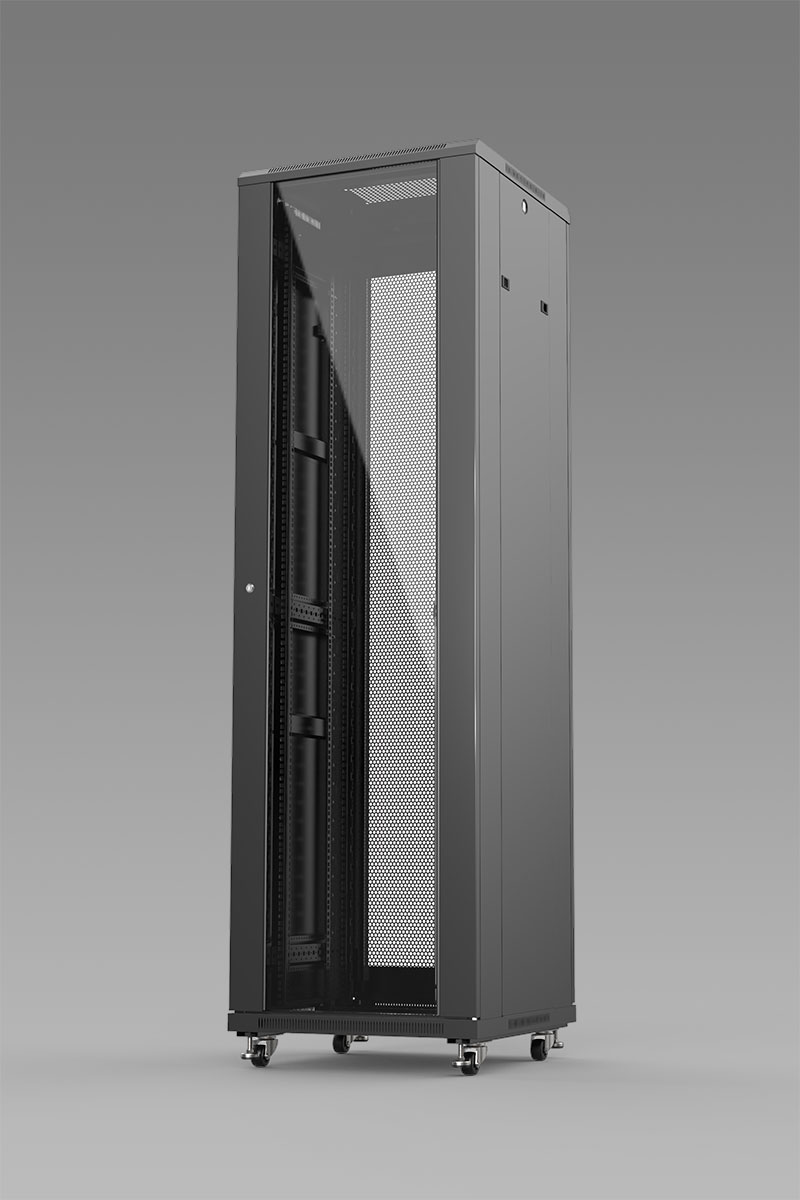When it comes to selecting server cabinet and rack, you have several options available. There are Server cabinets, Open frame racks, PCI-compliant racks, and 2Post racks.
Server cabinets
Server cabinets and racks both hold electronic equipment and are similar in appearance. The main difference is the way they are secured. Server racks are open, whereas server cabinets are enclosed. A server cabinet is a more secure solution.
Open frame racks
Open frame cabinets and racks offer a number of advantages. They can be configured to fit specific requirements and come in a variety of colors. They also come with features that support power distribution, cable management, and monitoring. These features will help keep servers and other network equipment working in top condition.
PCI-compliant racks
PCI-compliant cabinets and racks offer a number of benefits. For example, they can reduce the risk of data loss, while being easy to maintain and monitor. This technology also minimizes the need for a dedicated controller module in every cabinet. While these features can increase initial costs, they can also lower ongoing operational costs. PCI-compliant cabinets and racks can be networked using advanced IP consolidation technology, which allows multiple PDUs to share a single physical network connection. Moreover, some PDUs can network up to 32 controllers, reducing network overhead and allowing failover capabilities at the rack level.
2Post racks
There are several reasons why a data center might need a 2Post cabinets and racks setup. First of all, these enclosures provide a versatile and economical solution for storing and installing server racks. Additionally, they can be used in a wide variety of settings, including central offices and data centers. This versatility allows a 2Post cabinet to be used for a variety of applications, from desktop PCs to NAS and PLEX servers.

Selecting the Right Server Cabinet and Rack








 Home
Home